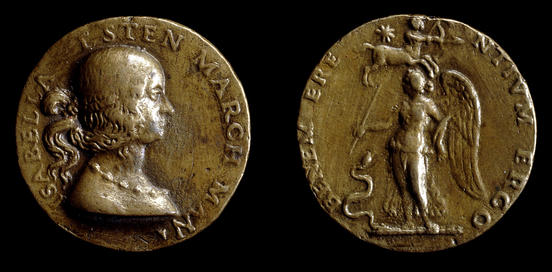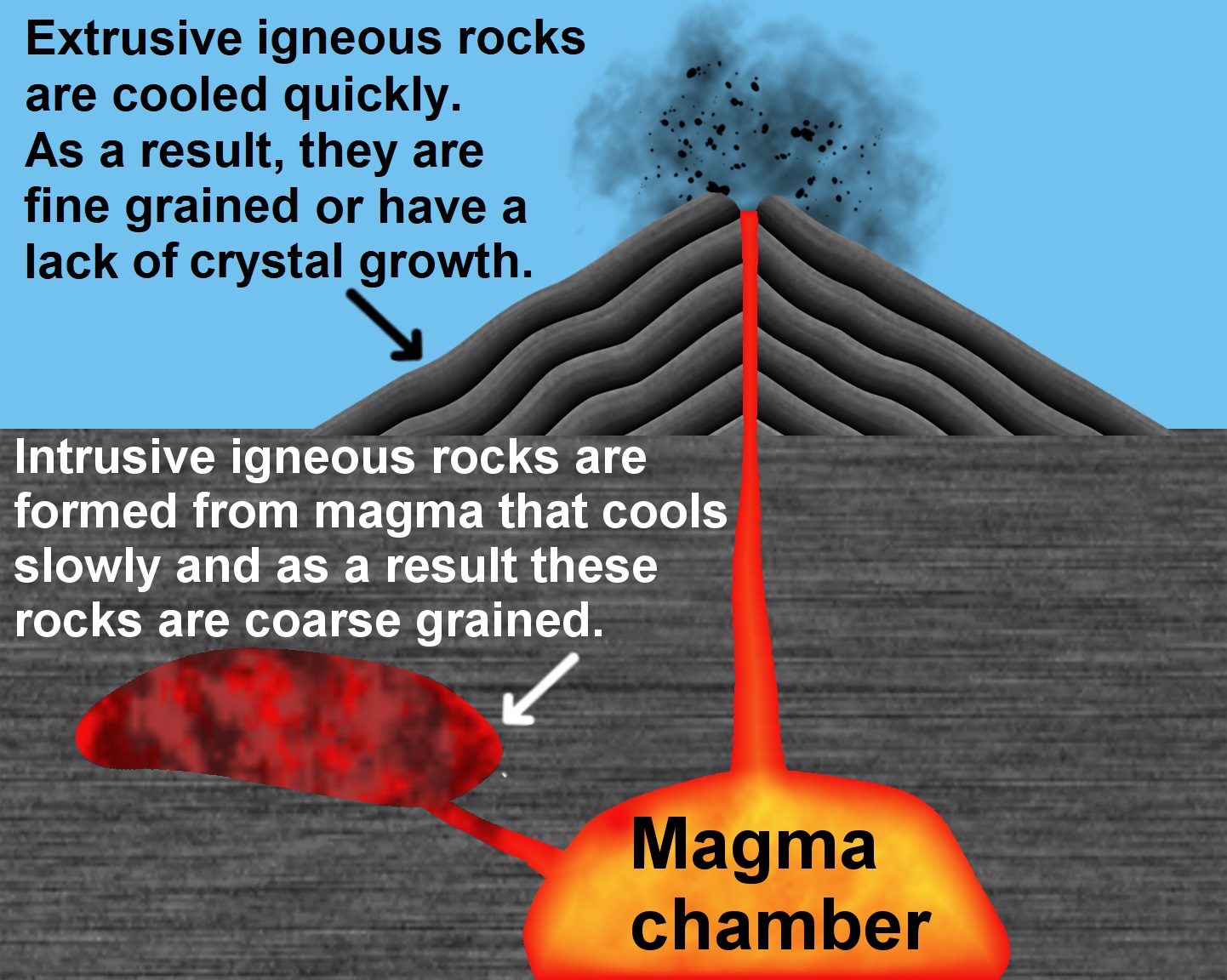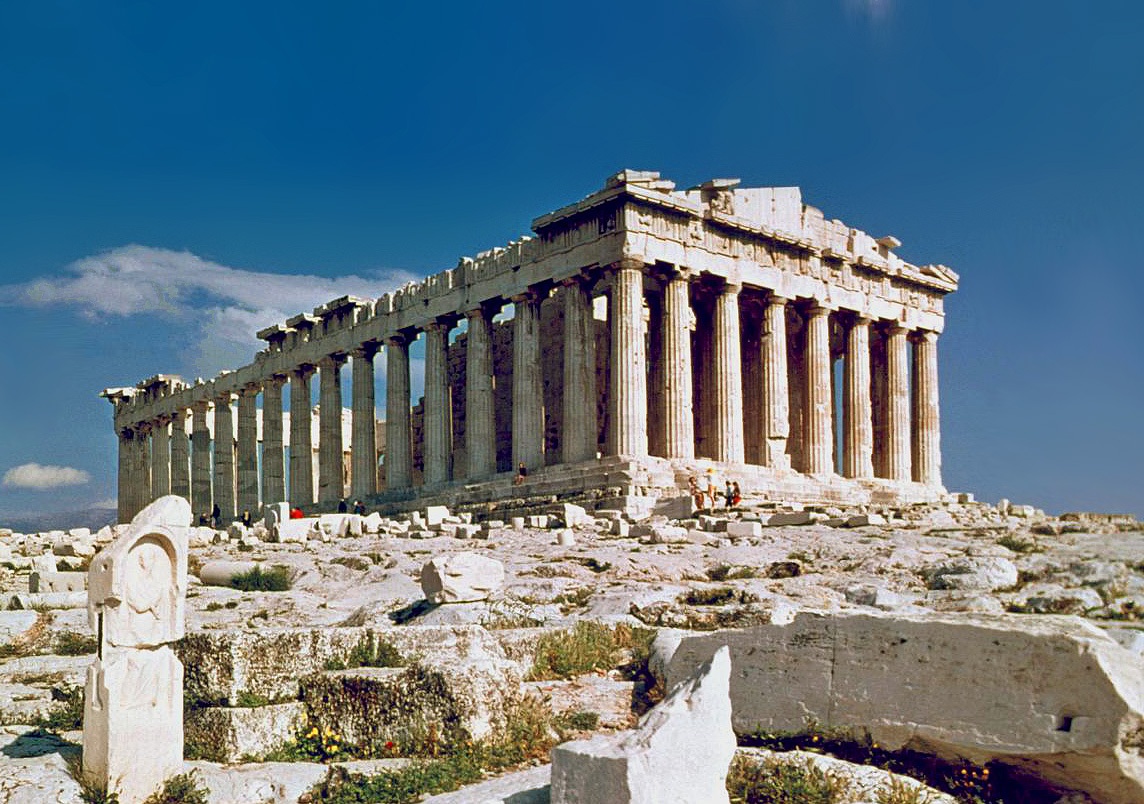|
Anton Moro
Anton Lazzaro Moro (1687 in San Vito al Tagliamento – 1764) was an Italian abbot, geologist and naturalist. He was one of the leading advocates of plutonism in the early debate that confronted plutonism to neptunism, making him described by some authors as an ultraplutonist. He was the first to discriminate sedimentary rocks from volcanic ones by studying the rocks of volcanic islands. In his study of the crustaceans, he discovered fossils petrified in mountains that led him to deduce those rocks were once buried in the sea. Book * 1740, ''De' crostacei e degli altri Marini corpi che si truovano su' monti'' References External links ''De' Crostacei e Degli Altri Marini Corpi Che Si Trouvano su Monti''- full digital facsimile at Linda Hall Library The Linda Hall Library is a privately endowed American library of science, engineering and technology located in Kansas City, Missouri, on the grounds of a urban arboretum. It claims to be the "largest independently funde ... [...More Info...] [...Related Items...] OR: [Wikipedia] [Google] [Baidu] |
Medal Of Lazzaro Moro
A medal or medallion is a small portable artistic object, a thin disc, normally of metal, carrying a design, usually on both sides. They typically have a commemorative purpose of some kind, and many are presented as awards. They may be intended to be worn, suspended from clothing or jewellery in some way, although this has not always been the case. They may be struck like a coin by dies or die-cast in a mould. A medal may be awarded to a person or organisation as a form of recognition for sporting, military, scientific, cultural, academic, or various other achievements. Military awards and decorations are more precise terms for certain types of state decoration. Medals may also be created for sale to commemorate particular individuals or events, or as works of artistic expression in their own right. In the past, medals commissioned for an individual, typically with their portrait, were often used as a form of diplomatic or personal gift, with no sense of being an award for ... [...More Info...] [...Related Items...] OR: [Wikipedia] [Google] [Baidu] |
San Vito Al Tagliamento
San Vito al Tagliamento () is a (municipality) in the Regional decentralization entity of Pordenone, in the Italian region of Friuli-Venezia Giulia, located about northwest of Trieste and about southeast of Pordenone. Main sights It is a medieval town on the right bank of the Tagliamento river. The main attractions are: *Three towers of the old medieval walls, one of which houses a small archaeological museum *Church of San Lorenzo (1479) *Church of Santa Maria dei Battuti, housing works by Pomponio Amalteo and Giovanni Antonio Pilacorte. *Palazzo Rota, now the Town Hall *The ''Duomo'', with a triptych by Andrea Bellunello and works by Amalteo, Gaspare Diziani and Padovanino International relations Twin towns — sister cities San Vito al Tagliamento is twinned with: * Rixheim, France * Stadtlohn, Germany * Nagyatád, Hungary * Sankt Veit an der Glan, Austria People * (end of 14th century – 1450), bishop and papal envoy * Pomponio Amalteo (1505–1588) ... [...More Info...] [...Related Items...] OR: [Wikipedia] [Google] [Baidu] |
Plutonism
Plutonism is the geology, geologic theory that the igneous rocks forming the Earth originated from intrusive Magma, magmatic activity, with a continuing gradual process of weathering and erosion wearing away rocks, which were then deposited on the sea bed, re-formed into layers of sedimentary rock by heat and pressure, and raised again. It proposes that basalt is solidified molten magma. The theory lead to plutonic (intrinsic) rock classification, which includes intrinsic igneous rocks such as gabbro, diorite, granite and pegmatite. The name ''plutonism'' references Pluto (mythology), Pluto, the classical mythology, classical ruler of the Greek underworld, underworld and the Roman god of wealth. A main reason Pluto was incorporated into the classification was due to the plutonic rocks commonly being present in gold and silver ore deposits (veins). The ''Oxford English Dictionary'' traces use of the word "plutonists" to 1799, and the appearance of the word ''plutonism'' to 1842. ... [...More Info...] [...Related Items...] OR: [Wikipedia] [Google] [Baidu] |
Neptunism
Neptunism is a superseded scientific theory of geology proposed by Abraham Gottlob Werner (1749–1817) in the late 18th century, who proposed that rocks formed from the crystallisation of minerals in the early Earth's oceans. The theory took its name from Neptune, the ancient Roman god of the sea. There was considerable debate between its proponents (neptunists) and those favouring a rival theory known as plutonism which gave a significant role to volcanic origins, and which in modified form replaced neptunism in the early 19th century as the principle of uniformitarianism was shown to fit better with the geological facts as they became better known. Modern geology acknowledges many different forms of rock formation, and explains the formation of sedimentary rock through processes very similar to those described by neptunism. Historical development In the mid-eighteenth century as the investigation of geology found evidence such as fossils, naturalists developed new ideas w ... [...More Info...] [...Related Items...] OR: [Wikipedia] [Google] [Baidu] |
Sedimentary Rock
Sedimentary rocks are types of rock (geology), rock formed by the cementation (geology), cementation of sediments—i.e. particles made of minerals (geological detritus) or organic matter (biological detritus)—that have been accumulated or deposited at Earth's surface. Sedimentation is any process that causes these particles to settle in place. Geological detritus originates from weathering and erosion of existing rocks, or from the solidification of molten lava blobs erupted by volcanoes. The geological detritus is transported to the place of deposition by water, wind, ice or Mass wasting, mass movement, which are called agents of denudation. Biological detritus is formed by bodies and parts (mainly shells) of dead aquatic organisms, as well as their fecal mass, suspended in water and slowly piling up on the floor of water bodies (marine snow). Sedimentation may also occur when dissolved minerals precipitate from aqueous solution, water solution. The sedimentary rock cover of ... [...More Info...] [...Related Items...] OR: [Wikipedia] [Google] [Baidu] |
Volcanic Rock
Volcanic rocks (often shortened to volcanics in scientific contexts) are rocks formed from lava erupted from a volcano. Like all rock types, the concept of volcanic rock is artificial, and in nature volcanic rocks grade into hypabyssal and metamorphic rocks and constitute an important element of some sediments and sedimentary rocks. For these reasons, in geology, volcanics and shallow hypabyssal rocks are not always treated as distinct. In the context of Precambrian shield geology, the term "volcanic" is often applied to what are strictly metavolcanic rocks. Volcanic rocks and sediment that form from magma erupted into the air are called "pyroclastics," and these are also technically sedimentary rocks. Volcanic rocks are among the most common rock types on Earth's surface, particularly in the oceans. On land, they are very common at plate boundaries and in flood basalt provinces. It has been estimated that volcanic rocks cover about 8% of the Earth's current land surface. ... [...More Info...] [...Related Items...] OR: [Wikipedia] [Google] [Baidu] |
Crustacean
Crustaceans (from Latin meaning: "those with shells" or "crusted ones") are invertebrate animals that constitute one group of arthropods that are traditionally a part of the subphylum Crustacea (), a large, diverse group of mainly aquatic arthropods including decapods (shrimps, prawns, crabs, lobsters and crayfish), seed shrimp, branchiopods, fish lice, krill, remipedes, isopods, barnacles, copepods, opossum shrimps, amphipods and mantis shrimp. The crustacean group can be treated as a subphylum under the clade Mandibulata. It is now well accepted that the hexapods (insects and entognathans) emerged deep in the Crustacean group, with the completed pan-group referred to as Pancrustacea. The three classes Cephalocarida, Branchiopoda and Remipedia are more closely related to the hexapods than they are to any of the other crustaceans ( oligostracans and multicrustaceans). The 67,000 described species range in size from '' Stygotantulus stocki'' at , to the Japanese ... [...More Info...] [...Related Items...] OR: [Wikipedia] [Google] [Baidu] |
Sul Ross State University
Sul Ross State University (SRSU) is a public university in Alpine, Texas, United States. The main campus is the primary institution of higher education serving the nineteen-county Big Bend, Texas, Big Bend region of far West Texas. Branch campuses, branded as Rio Grande College, are located in Del Rio, Texas, Del Rio, Uvalde, Texas, Uvalde, Eagle Pass, Texas, Eagle Pass, and Castroville, Texas, Castroville. Named for former Texas governor and Confederate States of America, Confederate general Lawrence Sullivan Ross, the institution was founded in 1917 as Sul Ross Normal College and was made a university in 1969. It is governed by the Board of Regents of the Texas State University System. History On April 14, 1914, James E. Ferguson, Governor James E. Ferguson signed the bill selecting Alpine as the site for a normal school. It received state university status in 1969. Campus This section needs to be created describing the overall campus, the Everett E. Turner Range Animal S ... [...More Info...] [...Related Items...] OR: [Wikipedia] [Google] [Baidu] |
University Of Padua
The University of Padua (, UNIPD) is an Italian public research university in Padua, Italy. It was founded in 1222 by a group of students and teachers from the University of Bologna, who previously settled in Vicenza; thus, it is the second-oldest university in Italy, as well as the world's fifth-oldest surviving university. The University of Padua was one of the most prominent universities in early modern Europe, known particularly for the rigor of its Aristotelian logic and science. Together with the University of Bologna, Padua had a central role in the Italian Renaissance, housing and educating a number of Italian Renaissance mathematicians, amongst them Nicolaus Copernicus. , it is made up of 32 departments and eight schools. Padua is part a network of historical research universities known as the Coimbra Group. In 2021, the university had approximately 72,000 students including undergraduates, postgraduates, and doctoral students. History The university is conventionally s ... [...More Info...] [...Related Items...] OR: [Wikipedia] [Google] [Baidu] |
Linda Hall Library
The Linda Hall Library is a privately endowed American library of science, engineering and technology located in Kansas City, Missouri, on the grounds of a urban arboretum. It claims to be the "largest independently funded public library of science, engineering and technology in North America" and "among the largest science libraries in the world." Description Established in 1946 through the philanthropy of Linda and Herbert F. Hall of the Hall-Bartlett Grain Co., the library is open to the public, and invites individual researchers, academic institutions, and companies from Kansas City and around the world to use the library's research-level collection. Its mission is to act as "guardian of the collective intellectual heritage with regard to the science, technology, and engineering disciplines." The library's William N. Deramus III Cosmology Theater, temporarily closed since 2020, shows images of the cosmos from the Hubble Space Telescope and NASA science missions. These imag ... [...More Info...] [...Related Items...] OR: [Wikipedia] [Google] [Baidu] |
1687 Births
Events January–March * January 3 – With the end of latest of the Savoyard–Waldensian wars in the Duchy of Savoy between the Savoyard government and Protestant Italians known as the Waldensians, Victor Amadeus III, Duke of Savoy, carries out the release of 3,847 surviving prisoners and their families, who had forcibly been converted to Catholicism, and permits the group to emigrate to Switzerland. * January 8 – Richard Talbot, 1st Earl of Tyrconnell, is appointed as the last Lord Deputy of Ireland by the English crown, and begins efforts to include more Roman Catholic Irishmen in the administration. Upon the removal of King James II in England and Scotland, the Earl of Tyrconnell loses his job and is replaced by James, who reigns briefly as King of Ireland until William III establishes his rule over the isle. * January 27 – In one of the most sensational cases in England in the 17th century, midwife Mary Hobry murders her abusive husband, De ... [...More Info...] [...Related Items...] OR: [Wikipedia] [Google] [Baidu] |
1764 Deaths
Events January–June * January 7 – The Siculicidium is carried out as hundreds of the Székelys, Székely minority in Transylvania are massacred by the Habsburg monarchy, Austrian Army at Madéfalva. * January 19 – John Wilkes is expelled from the House of Commons of Great Britain, for seditious libel. * February 15 – The settlement of St. Louis is established. * March 15 – The day after his return to Paris from a nine-year mission, French explorer and scholar Anquetil Du Perron presents a complete copy of the Zoroastrianism, Zoroastrian sacred text, the ''Zend Avesta'', to the Bibliothèque nationale de France, ''Bibliothèque Royale'' in Paris, along with several other traditional texts. In 1771, he publishes the first European translation of the ''Zend Avesta''. * March 17 – Francisco Javier de la Torre arrives in Manila to become the new Spanish Governor-General of the Philippines. * March 20 – After the British victory in the ... [...More Info...] [...Related Items...] OR: [Wikipedia] [Google] [Baidu] |





